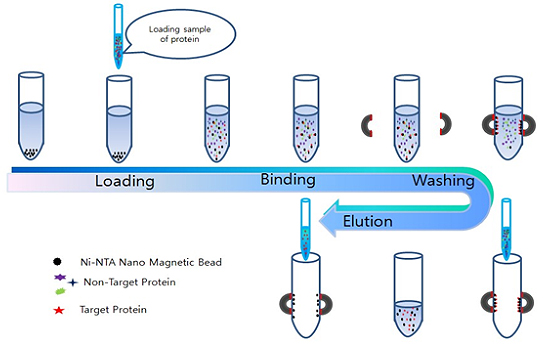
SDS-PAGE points to consider.
1. NEVER take an SDS-PAGE for face-value! People do this all to often. If you see one 50kDa band, and nothing else, great, you've got protein >95% pure. If you see multiple bands, you may have your protein really pure and free of other proteins, but what you are seeing is a combination of dimers, trimers, tetramers, etc of your dimer (that would give you a 100-200kDa weights, etc.) People think typically give too much credit to their PAGE sample buffer (SB) for denaturing their samples, and assume all is working "textbook"--not the case. You CAN have dimers, etc in your SDS-PAGE is your protein is not reduced enough in your SB (is it old). Add excess B-mercaptoethanol. SDS-PAGE gels make a lot of ROS (reactive oxygen species) from the electrolysis of your running buffer (which is why you see bubbles in the tank when you start your SDS-PAGE). These oxidize met and cys residues. Try adding an antioxidant to the inner chamber of your running buffer. You can buy little bottles of running buffer antioxidant from Life (Invitrogen).
2. Find an epitope in your protein, and verify whether of these higher-weight band contain the same epitope as your protein. You do this by western blot. Yes, it's a bit of work to optimize, but it's a good way to to give you a second dimension of analysis. Make sure you run your Ecoli lysate on the western blot to make sure your primary antibody isn't immunoreactive with other proteins in the lysate.
3. Life (Invitrogen) sells SDS-PAGE stains that have a specificity to staining proteins with His-tags. Consider this before blotting (much cheaper and faster). If any of the heavy-bands stain really well, there's a good chance they have the His-Tag you've put on them, and thus are dimers/trimers of your expressed protein.
Suggestions for His-Tag purification:
A denatured lysis/or binding to the Ni-NTA resin. This obviously ins't the first choice, but if purity is an issue, consider it. Denaturing in urea or guanidinium will eliminate these potential interactions, because proteins more-often-than-not depend on their tertiary conformation for binding interactions (specific or not). Once you've washed everything away, you can refold on the Ni-NTA resin. Or, you can elute in a denatured state and refold by either rapid dilution (very specific protocols and tricky!), dialysis, or on a gel-filtration/size-exclusion column. If you don't have an FPLC, you can do the former with gravity-flow as well.
For a "tricky" protein. the attitude shoud be: "Don't give your protein too much credit in getting you down!" A protein is a protein is a protein. When in doubt, get aggressive, then work backwards! ;)
Souce: NovoPro 2018-03-12
